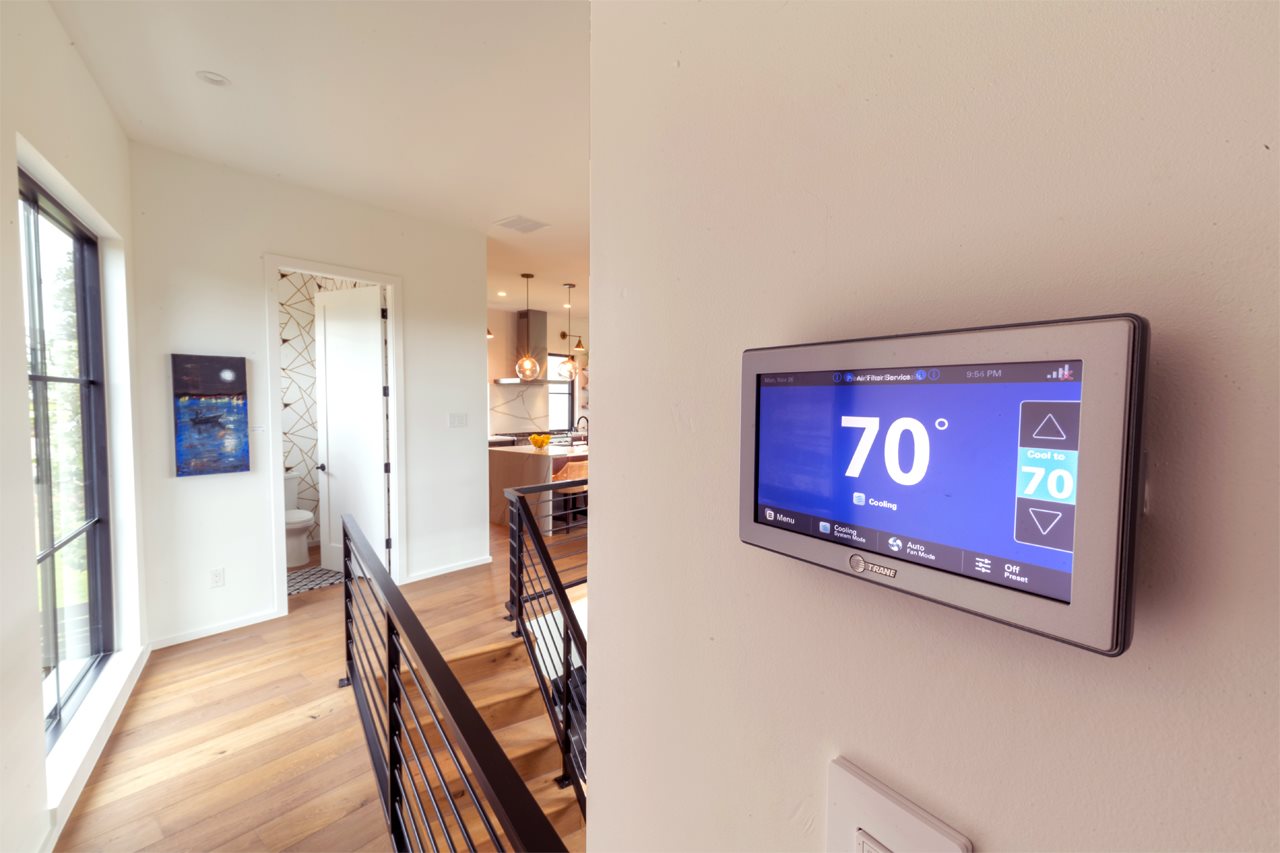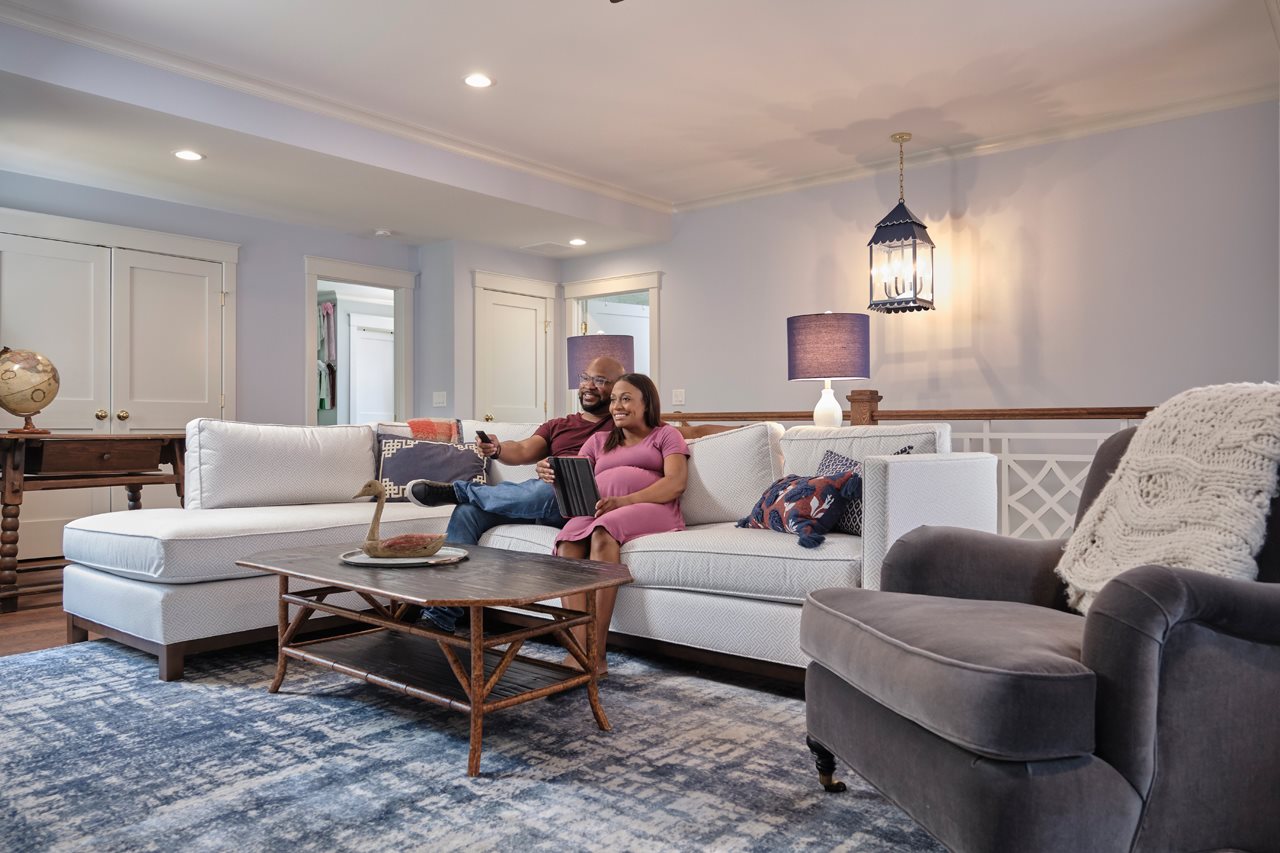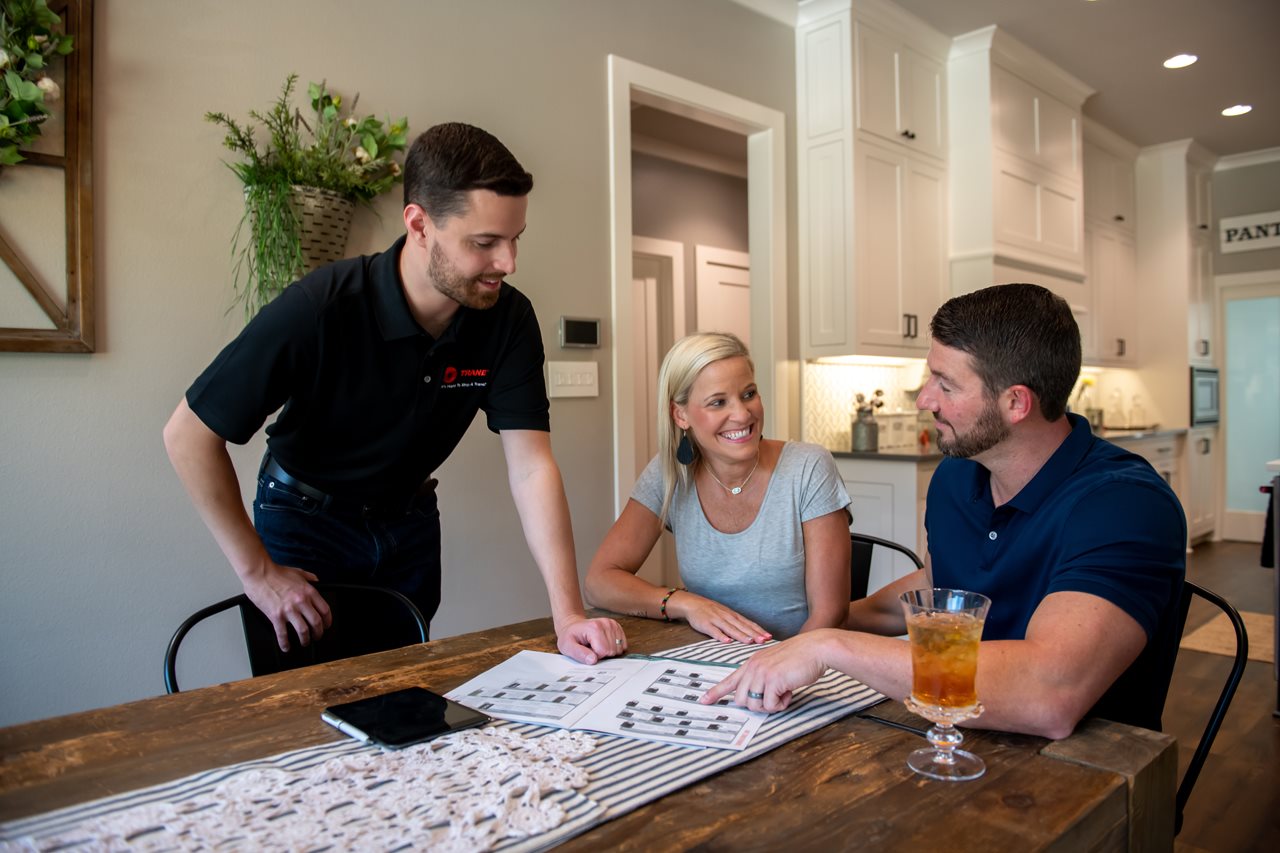2022-01-17T07:01:00
(BPT) – When you think about your health, eating well, exercising regularly and getting adequate sleep likely come to mind. What you may not realize is the dramatic influence your spaces have on your overall well-being, both mentally and physically. This means for good health, you need to take a closer look at your home.
With most people spending more time at home than ever before, this becomes that much more important. This realization has inspired homeowners to make thoughtful updates that not only enhance their home, but support the wellness of the body and mind of everyone who lives there.
“Our health and happiness are the most precious things that we can take care of. You couple that with your biggest investment outside of yourself, which is your home, and those two are intrinsically linked,” said Erin Lilly, manager, Design Studio, Kohler.
Three big ideas are driving wellness home design in 2022:
1. Spaces have a profound impact on health. The lighting, air quality, materials, layout and countless other factors influence people on physical, mental and emotional levels. These considerations should drive a project from concept to completion.
2. Expectations for home and work have changed dramatically over the past 18 months, thanks to the increase in remote work and hybrid schedules. Homes need to become workplaces, and now, workplaces need to become more like home.
3. Designing for well-being isn’t just about the now. It’s increasingly about understanding long-term needs. With more homeowners looking to age in place, homes need to stay both beautiful and usable for evolving needs.
If these points resonate with you, consider how wellness design can be incorporated into your home. Wondering where to start? The kitchen and the bathroom are two primary spaces that provide ample opportunity for making improvements that not only provide an updated aesthetic, but support overall well-being through functionality and health-focused enhancements.
For example, a simple shower can be transformed into a multisensory space that helps you rejuvenate or relax, depending on your needs. The DTV+ digital showering system brings water, sound, steam and light together for a unique sensory experience you’ll look forward to each day. Every element of your shower is completely customizable and controlled by a touch-screen interface, making it easy to set your experience for your exact needs.
Another important wellness aspect of the bathroom may not be quite as glamorous as the shower, but it is equally important when it comes to your health: the toilet. Fortunately, you can easily enhance your existing toilet with a new bidet seat that helps keep you clean when it really counts.
Consider the Purewash bidet seat for the ultimate in comfort and clean. Every aspect of this bidet seat was designed with hygiene in mind, including the anti-bacterial seat, anti-bacterial wand and self-cleaning nozzles, so you can feel confident in your clean every time you use the bathroom. Plus, the quiet-close seat is a nice feature, especially for evening bathroom visits.
Beyond the bathroom, the kitchen is another space where wellness improvements can benefit the whole family. From stylish, ergonomic chairs to strategic lighting that features both task and ambient lights, there are many improvements that can enhance your health.
One basic update that can benefit you for years to come is replacing your existing faucet with one that blends function, fashion and health. For instance, the Tone faucet has clean lines and a soft teardrop base, offering a fresh take on mid-century modern style. The touchless on/off feature limits the spread of germs, and the three-function pull-down sprayhead gives you options for any cleaning needs.
Wellness and home design is poised for growth as people prioritize their health. Visit Kohler.com/Living to explore the Kohler Living sessions focused on products and perspectives that explore the meaning of well-being, look at how the built environment impacts health and offer ideas for creating spaces that support greater wellness.














